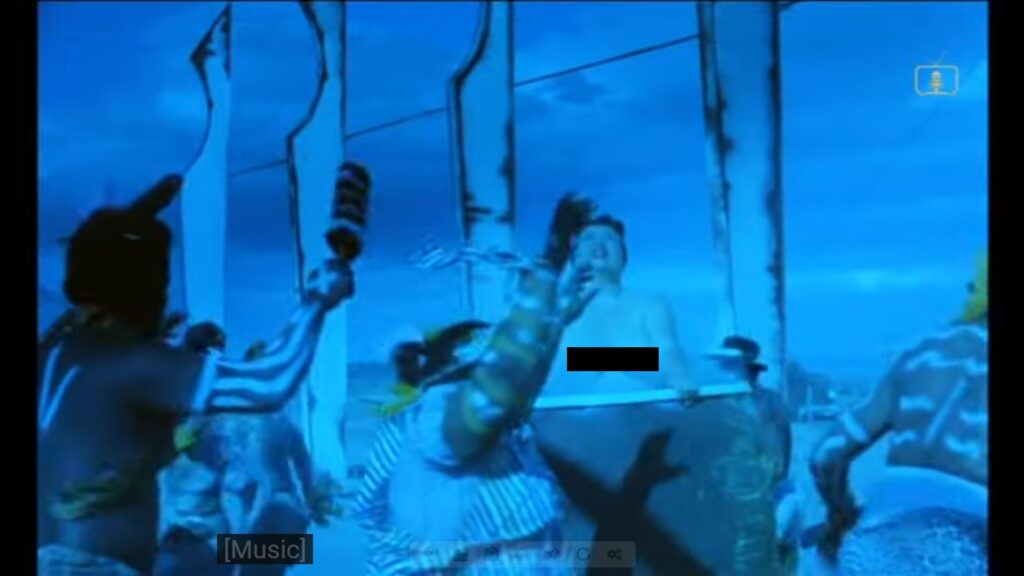
Voor ik doodgraver werd, was ik koerier, barman, verkoper, informaticus en leerkracht.
Toen Bagdad Cafe (1987) van Percy Adlon uitkwam was ik tweeëntwintig en verliefd. Misschien koerier, misschien barman. Aan het woord hartverwarmend heb ik vandaag een hekel, toch is het de meest trefzekere omschrijving van deze film.
Gisteren heb ik hem opnieuw gezien en ik vond hem even sterk als toen. Oké, Miss Jasmin is een witte redder, en ja, tijdens de opnames van de film is zij in een pot ‘kokend’ water gaan zitten terwijl rond haar dansende ‘wilden’ joelen van de bloeddorst. Dat kan je nu niet meer maken.
Alles speelt zich af aan een truckstop, een typische non-plaats die tot de verbeelding spreekt, dat wist Gainsbourg ook toen hij Je t’aime moi non plus opnam.
Op zo’n truckstop strandt de Duitse toeriste Jasmin. Ze vindt er een overwerkte eigenares, een lichtzinnige dochter, een door Bach bezeten zoon, een krijsend kleinzoontje, een overjaarse hippie-filmdecorschilder en een boemerangende backpacker.
Zij, lijder aan schoonmaakwoede, kinderloos maar met een groot zorgend hart, poetst er de watertank — het iconische beeld van de film — en wordt uiteindelijk de mater familias van dat verloren woestijngezelschap.
Rust zacht Percy.
